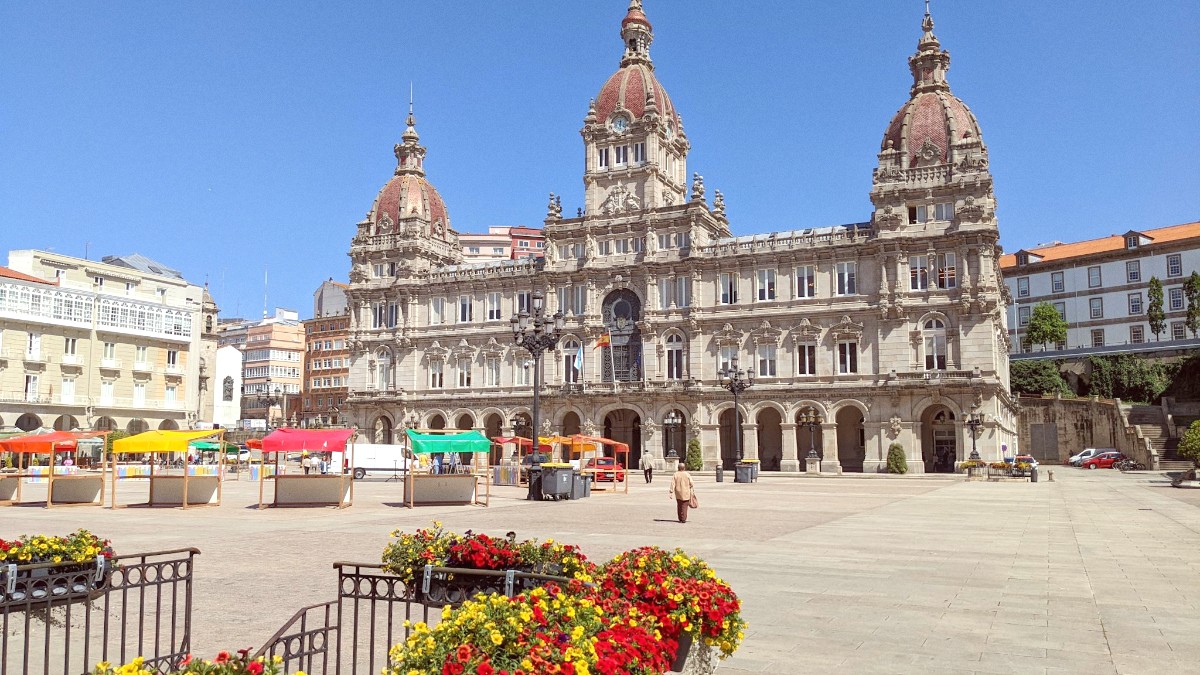
Cantabria Asturias And Galicia, Spain
Buses (Tranvías de La Coruña - TRANVÍAS) form the backbone of public transport within the city. The network is extensive, covering most parts of La Coruñan and connecting to attractions and neighborhoods.
La Coruña does not feature a metro system or a traditional tram system (despite the bus company name). Buses handle all public road transport.
Purchase a single ticket directly from the driver (~€1.20). The Tarjeta Millennium, a rechargeable card, yields discounted fares (~€0.75 per journey).
Many modern buses come equipped with ramps for wheelchair access and designated spaces. Bus stops generally display accessibility.
Use Google Maps or local transport apps (Moovit, TRANVÍAS A Coruñan app) for real-time bus tracking and route planning. Have exact change for single tickets.
Requires valid license, credit card. Book in advance for better rates.
Limited availability; check local shops. Similar requirements to cars.
BiciCoruña (public system for residents). Private rentals are easier for tourists.
Tuk-tuks or jeepneys are not available; standard transport for the city.
La Coruñan is a city that encourages walking and cycling, offering pleasant routes and pedestrian-friendly zones. It is a very walkable city.
Many modern buses are low-floor and equipped with ramps.
Cobblestones and narrower streets can pose challenges for wheelchair users.
The Paseo Marítimo and newer parts of the city display good accessibility.
While exploring, consider how your travel choices influence the local community and environment. Embrace sustainable practices where possible.
Support local businesses and respect cultural norms to deepen your connection with La Coruña.